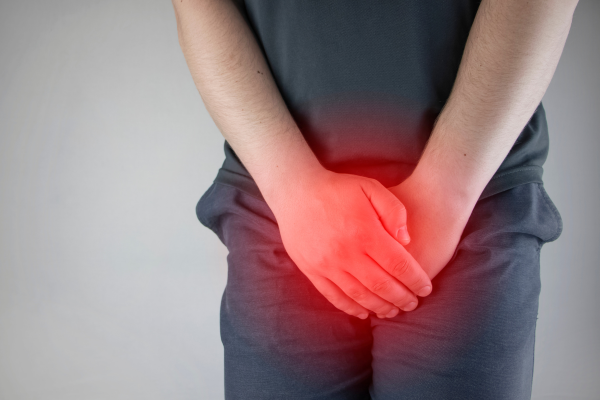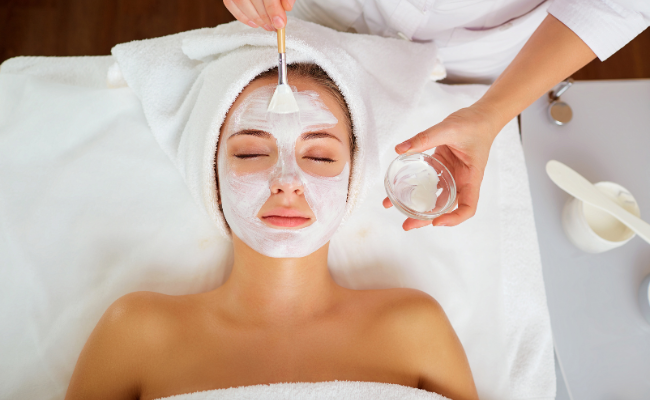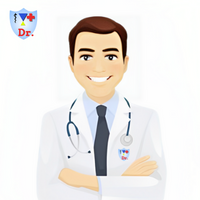How to Treat Blisters?
- November 28, 2023
- No Comments
What is a Blister?
A blister, a small fluid-filled pocket forming beneath the skin's outer layer, typically arises due to factors like friction, burns, or other forms of skin damage. This sac, filled with clear fluid, acts as a protective cushion for the affected tissue beneath.The skin, comprised of the epidermis, dermis, and subcutaneous fat layers, responds to damage by developing blisters beneath the epidermis. These blisters, varying in fluid content from clear liquid to blood, depend on the injury's nature.Blisters, whether causing pain or itchiness, can undergo changes if infected, filling with milky-white pus. While blisters commonly occur on hands or feet, they can emerge on any part of the body.
Why Do Blisters Form?
Blisters form as a natural response to protect the skin from further damage. When the outer layer of the skin is injured or irritated, the body produces a clear fluid called serum to create a barrier and promote healing. Common causes of blisters include prolonged friction, such as from ill-fitting shoes or repetitive rubbing, exposure to heat or cold, and certain medical conditions like eczema or allergic reactions.
How to Treat Blisters:
- Leave it Alone (If Possible): In many cases, the best initial approach is to leave the blister alone. The fluid inside acts as a cushion, protecting the damaged skin beneath. If the blister is small and not causing significant discomfort, avoiding the temptation to pop it can expedite the healing process.
- Protective Covering: If the blister is in an area prone to further irritation, consider covering it with a sterile, breathable bandage or blister pad. This can help prevent friction and protect the blister from external elements. Make sure the covering is not too tight, as this can cause additional irritation.
- Avoid Popping: Popping a blister may seem like a quick solution, but it can increase the risk of infection and slow down the healing process. If the blister is intact, it provides a natural barrier against bacteria. If it does break, clean the area gently with mild soap and water, and apply an antibiotic ointment to reduce the risk of infection.
- Use Moleskin for Foot Blisters: Blisters on the feet, often caused by friction from shoes, can be particularly uncomfortable. Applying moleskin padding to the affected area can provide relief by reducing friction. Ensure that the moleskin is applied smoothly to avoid creating additional pressure points.
- Cold Compress for Pain and Swelling: If the blister is painful or swollen, applying a cold compress can help alleviate discomfort. Use a clean cloth or ice pack wrapped in a thin towel and apply it to the blister for 10-15 minutes at a time. This can also reduce inflammation and numb the area.
- Elevate the Affected Area: If the blister is on an extremity, such as a hand or foot, keeping it elevated can help reduce swelling. Elevating the affected area above the level of the heart promotes better circulation and can aid in the healing process.
Treatment Solutions for Blisters:
- Over-the-Counter (OTC) Pain Relievers: Non-prescription pain relievers, such as ibuprofen or acetaminophen, can help manage pain and reduce inflammation associated with blisters. Follow the recommended dosage instructions and consult with a healthcare professional if you have any concerns.
- Antibiotic Ointments: Applying an antibiotic ointment to a popped blister or one at risk of breaking can help prevent infection. Keep the area clean and apply the ointment as directed.
- Avoiding Irritants: Identify and avoid factors that may have caused the blister in the first place. This may include wearing properly fitted shoes, using gloves when handling harsh chemicals, or taking breaks during activities that cause friction.
Benefits of Proper Blister Treatment:
- Faster Healing: Allowing blisters to heal naturally and providing proper care can expedite the healing process. This reduces the risk of infection and minimizes discomfort.
- Prevention of Infection: Proper care, including cleaning and applying antibiotic ointment, helps prevent bacterial infection. Infected blisters can lead to more serious complications and may require medical attention.
- Pain Relief: Cold compresses, elevation, and over-the-counter pain relievers can provide relief from pain and discomfort associated with blisters.
- Minimized Scarring: By avoiding the temptation to pop blisters and allowing them to heal naturally, the risk of scarring is minimized. The clear fluid inside blisters acts as a protective barrier for the healing skin.
- Prevention of Recurrence: Taking steps to identify and address the causes of blisters can help prevent their recurrence. Whether it's adjusting footwear, using protective equipment, or avoiding specific irritants, understanding the root cause is essential for long-term prevention.








.jpg)
Comments (0)
No comments yet